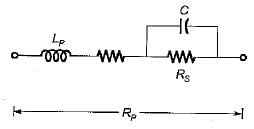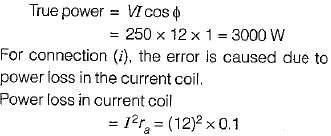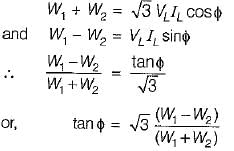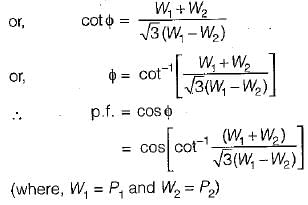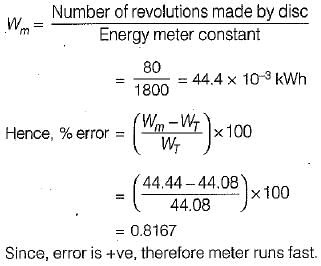Test: Measurement of Power & Energy - 1 - Electrical Engineering (EE) MCQ
10 Questions MCQ Test - Test: Measurement of Power & Energy - 1
Which one of the following meters is an induction type instrument?
The error caused by pressure coil inductance in
| 1 Crore+ students have signed up on EduRev. Have you? Download the App |
Creeping in a single phase induction type energy meter may be due to
In a single phase induction type energy meter, the lag adjustment is done
A wattmeter has a current coil of 0.1 Ω resistance and a pressure coil of 6500 Ω respectively. The wattmeter shows a reading of 12 A at 250 V with unity power factor. The percentage errors, due to resistance only with each of the two methods of connections shown below will be respectively
The power factor in a 3-phase circuit using two wattmeter method is given by
Phantom leading for testing of energy meter is used
The braking torque provided by a permanent magnet in a single phase meter is proportional to the
The meter constant of a 230 V, 10 A watthour meter is 1800 revolutions per kWh. The meter is tested at half load and rated voltage and unity power factor. The meter is found to make 80 rev. in 138 seconds. The meter error at half load is


